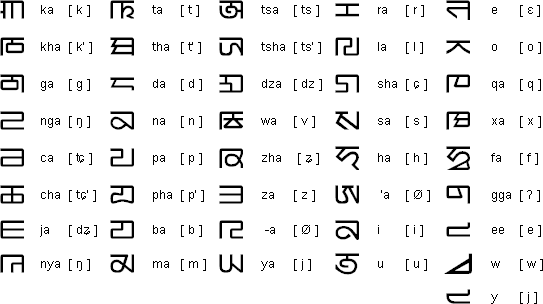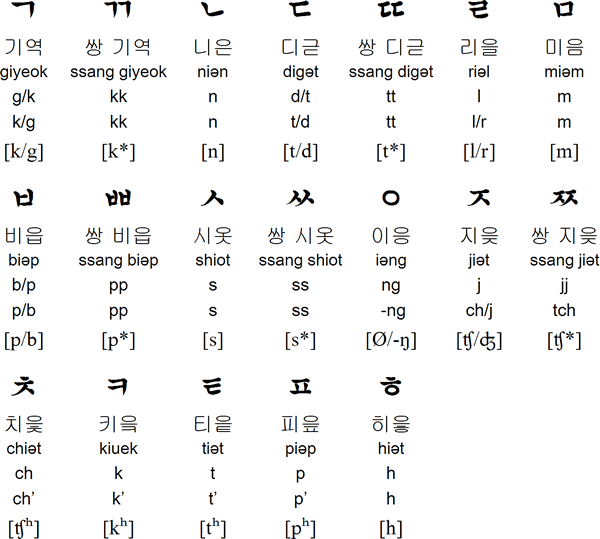Wuzetian
Warlord
I've met some Asian graduate students where they don't question professor's teaching. I was shocked when one person responded to my question "why don't you guys ask questions in class" with "why? won't the professor get upset?" This is from someone who went to a prestigeous undergraduate school back in Asia. I explained that while I was in undergraduate, more than one professor, some in math/science, some in social science feel "depressed" when there are no questions in class. When students ask no question in class, it means either the professor's class is too easy, which is no good, or the professor is not clear or material too hard so the students don't understand, which is also no good.
I'm afraid this is far more than just a matter of independent thinking.
The problem behind it is something about "Challenging authority" IMO.
Challenging authority is not welcomed in East Asia (or at least in China), and this could trace back to some of Confucius's theory which took deep roots in East Asia (or at least Chinese) culture.
Be it a college professor or a high school teacher, or even an elder in the family, challenging them is strongly discouraged through out history and even in some cases nowadays.


 You can't hide inflation in milk & egg as they are counted by gallon, or dozen, which packaging change can't really hide inflation
You can't hide inflation in milk & egg as they are counted by gallon, or dozen, which packaging change can't really hide inflation 


